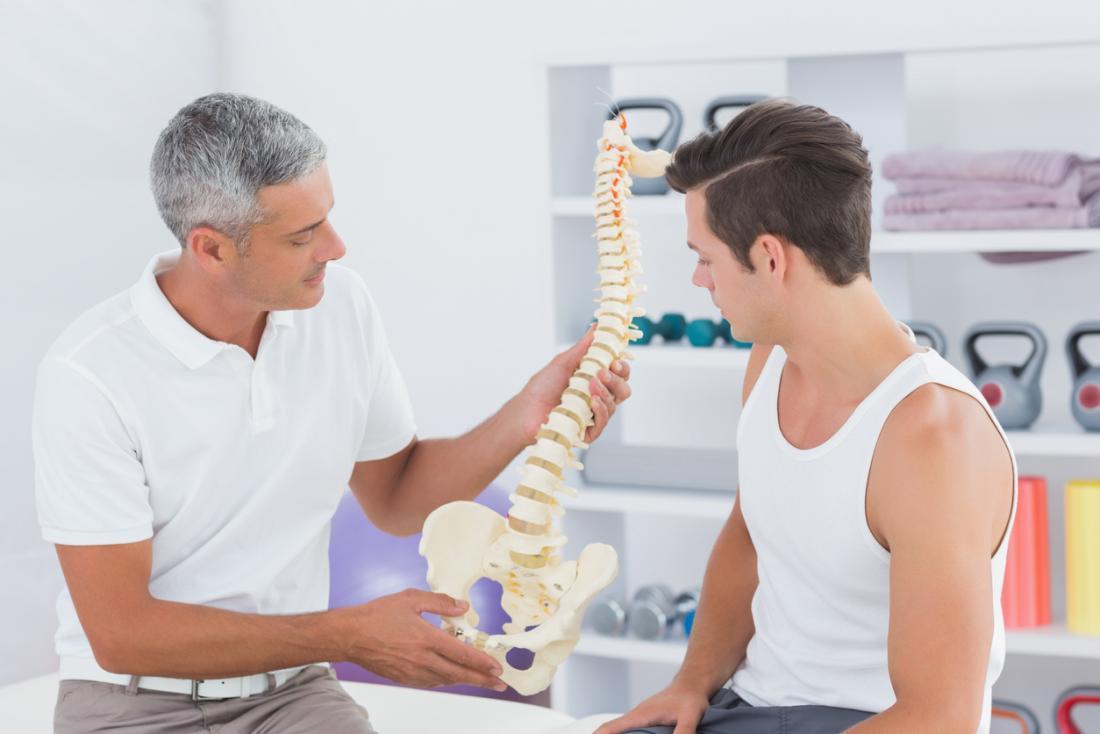Osteopathy can reduce pain
Osteopathy can decrease pain, but research required to demonstrate health claims
Osteopathy could be a manual therapy developed by US physician Andrew Still within the mid-1800s, and it’s recognized by the globe Health Organization as a standard system of drugs.
Osteopaths depend upon manual contact with patients for both diagnosis and treatment and use a large style of therapeutic manual techniques within their clinical practice. a number of these techniques may overlap with techniques employed by a chiropractor (such as spinal manipulation) or a physiotherapist (such as stretching). But as a practice osteopathy is taken into account distinct from other healthcare professions.
Pockets of research examining osteopathic care are conducted over the past 20 years, but there are still more questions than answers about its safety and effectiveness.
What is the current evidence?
I as of late driven a ponder into the winning investigate looking at care conveyed by an osteopath compared with other treatment choices. The research suggested variable benefits to people receiving osteopathic treatment, reckoning on the condition being examined.
The primary consider compared osteopathy’s impact on moo back torment with the standard restorative approach to back pain. For this study, the regular medical approach included analgesic or anti-inflammatory medication, active physiotherapy, hot or cold packs and structural support. Whereas osteopathy wasn’t connected with any contrast in participants’ seen torment levels, the analysts found the bunch getting osteopathy utilized less medicine and required less physiotherapy.
In another study some years later, people experiencing back pain reported an improvement in their symptoms when put next to people receiving no treatment, but not really any benefit compared to individuals receiving sham osteopathy.
I as of late driven a ponder into the winning investigate looking at care conveyed by an osteopath compared with other treatment choices. The research suggested variable benefits to people receiving osteopathic treatment, reckoning on the condition being examined.
The primary consider compared osteopathy’s impact on moo back torment with the standard restorative approach to back pain. For this study, the regular medical approach included analgesic or anti-inflammatory medication, active physiotherapy, hot or cold packs and structural support. Whereas osteopathy wasn’t connected with any contrast in participants’ seen torment levels, the analysts found the bunch getting osteopathy utilized less medicine and required less physiotherapy.
In another study some years later, people experiencing back pain reported an improvement in their symptoms when put next to people receiving no treatment, but not really any benefit compared to individuals receiving sham osteopathy.
Why are there so many holes?
Osteopathy could be a system of medication, not only one treatment. An osteopath may use different techniques and coverings to support their patient — many of which are employed by other health professionals like physiotherapists.
Even the osteopathy-specific “manual techniques” that will be used will vary looking on the individual’s needs and preferences. This presents many challenges to researchers trying to check its effectiveness.
We also know little about how osteopathy works because the foremost common cluster of conditions treated by osteopaths relate to pain, and as a scientific community we’re still undecided about the method of pain within the body.
So unlike a drug study, where an expected change to the body’s physiology is tracked through changes in blood or other bio markers, most studies where musculoskeletal pain is being treated find yourself wishing on the patient’s experience of pain or their need for pain medication, because the main measure of whether the treatment has had a control.
Research also requires funding and interest from researchers, and osteopathy in canada has little of either. While there are recent developments which can increase the quantity of Canadian osteopathic research, we’d like a concerted effort from researchers, funders and therefore the osteopathic community to deal with the knowledge gaps.
Amie Steel may be a postdoctoral research fellow at UTS who includes a Masters publicly Health and a Bachelor of Health Science. this text was originally published on The Conversation.

